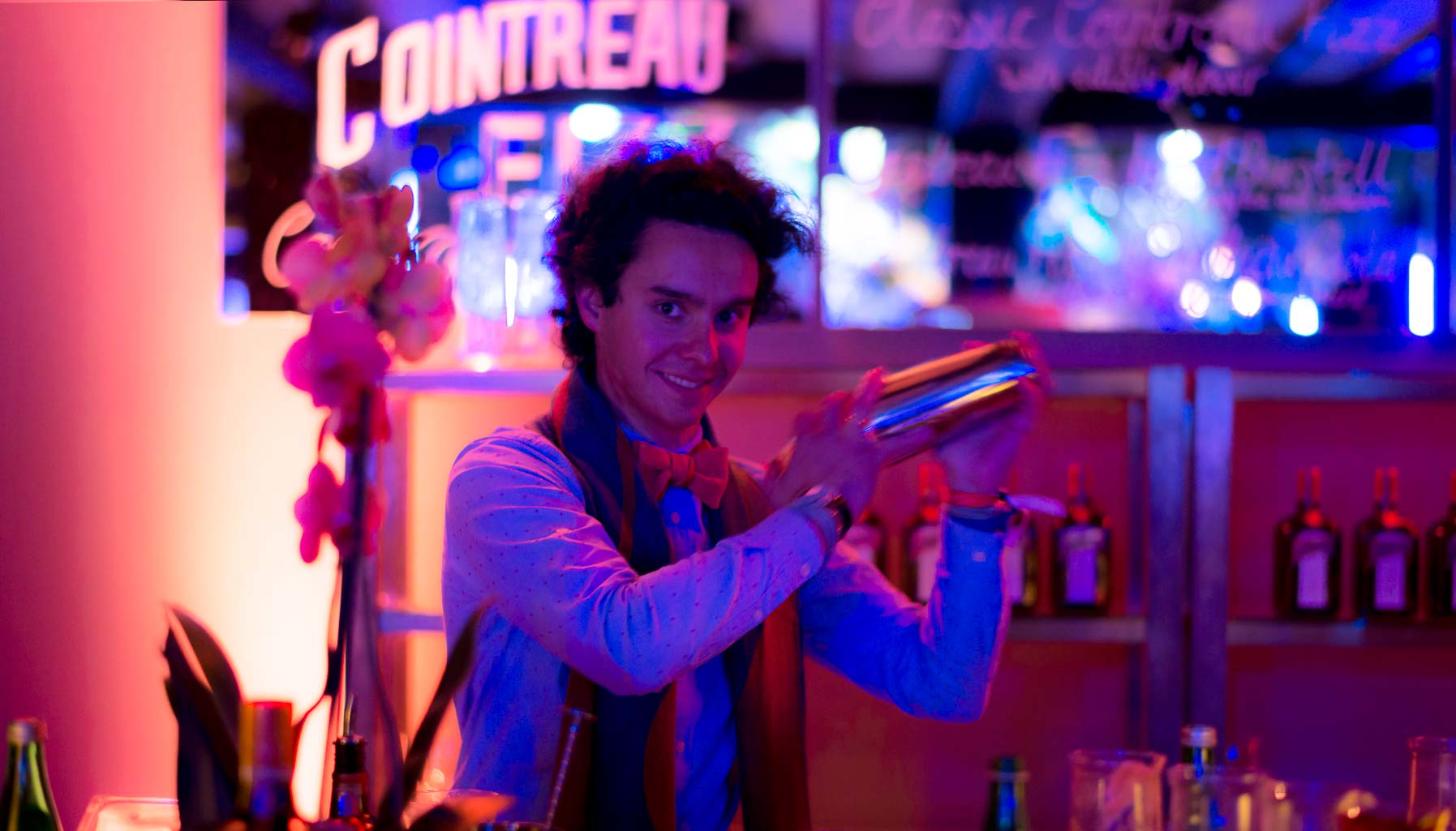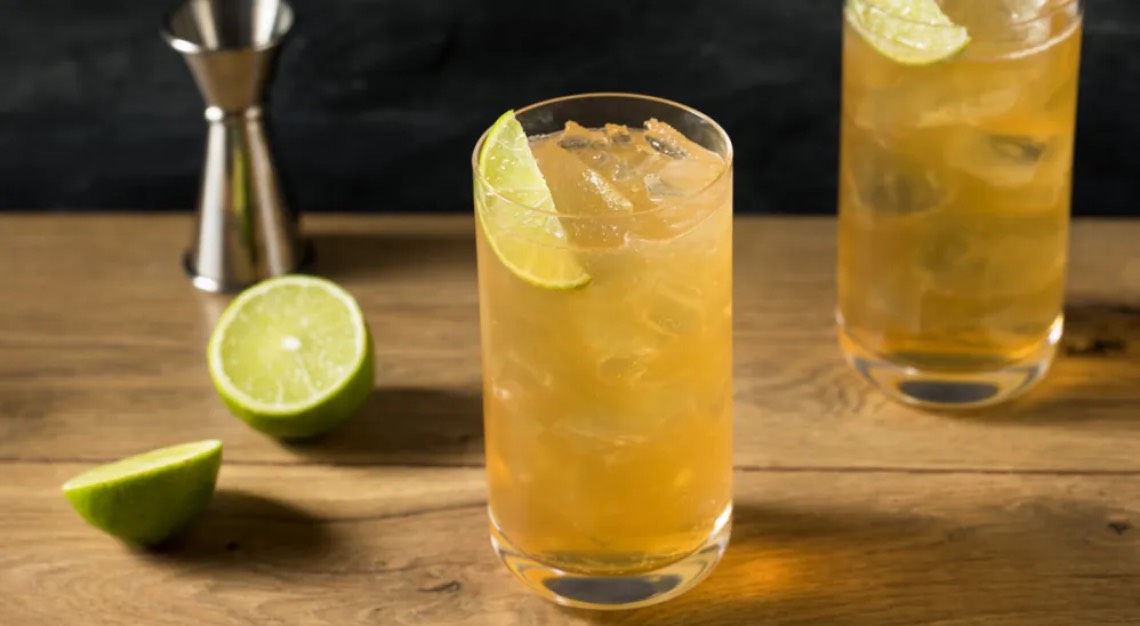It’s all about the ratio and the right gin or vodka, according to Jason O’Bryan, a cocktail columnist who has been managing cocktail bars for the last 12 years
Martini drinkers tend to be an opinionated bunch. That’s the nice way of saying it. Another way would be that many if not most Martini drinkers—especially vodka Martini drinkers—deploy a level of zealotry to their Martini preferences that is usually reserved for religion, a European soccer team and day trading.
In fact, I’m willing to bet a decent percentage of you clicked on this article advertising a “Perfect Martini” with the sole purpose of confirming that whatever I’m about to say is wrong, because the way you like it—a double measure of Ketel One, no vermouth, shaken hard, lightly strained up so to keep the ice chips on top, with three over-stuffed blue cheese olives—now that’s the perfect Martini.
Listen—I’m not here to fight with you. Vodka Martinis in particular are the most extravagantly personalised drinks in the whole classic cocktail pantheon. To a bartender, the phrase “I’d like a vodka Martini” isn’t so much a request as the beginning of a conversation. What kind of vodka? Shaken or stirred? Vermouth or no? Straight up or rocks? Olives or twist?
If you drink vodka Martinis, I’m honestly not sure how much I can tell you that you don’t already know. It’s cold vodka. Shaking makes it colder than stirring. They usually have between no vermouth and almost no vermouth, because vermouth doesn’t really work with vodka. Vodka brands can be quite bad, but above a certain minimum quality level (roughly the US$15 to US$20 bottle range) they’re all going to be fine. It’s like telling someone how to make the best whiskey on the rocks. “Put it in a glass.”
If we’re talking about gin Martinis, though, there’s quite a bit more to say. At the right ratios, the aromatic complexities of gin and vermouth lock into each other like a vacuum seal, and render the cocktail’s 130-year dominance immediately clear. Gin is the traditional choice: the word “Martini” more or less exclusively referred to a mixture of gin and dry vermouth for the first half of the cocktail’s life. The vodka version is a spin-off, a completely different drink with different rules, but it kept the name and therefore added confusion. It’s a bit like the word “literally,” which still means “literally” but now apparently also means “figuratively.”
In the quest for the best gin Martini, you need to assess what you’re aiming for: A proper Martini radiates out of the glass. It is a strong, bracing drink that nonetheless charms you with impeccable balance and clarity of flavour, a harmonic resonance that shines like a diamond when it hits just right. But that’s the problem: Every brand is different, and trial-and-erroring the right gin-to-vermouth ratio for each is a wasteful and intoxicating process, which is why most online recipes are so stunted. A brief digital search will yield a hopelessly diffuse range of advised ratios from 2:1 to 10:1, all from reputable sources, and almost none will tell you for which brands they’re claiming this particular truth.
In this spirit, I humbly offer a road map, based on more than a dozen years of professional bartending, a couple months of fervent research, and a heedless love of gin Martinis.
A couple of small notes before we get to mixing—Dolin Dry Vermouth is constant as it seems to be the ideal Martini vermouth across all tests, right in the Goldilocks range: bolder than the faint, mass-market ones like Noilly Prat and lither than the punchy, new wave ones like Mancino. And when it comes to your garnish, you’ll notice that I instruct you to use a lemon peel in each version I write about below. You could use an olive if that’s your preference, but I still think that the oils from the lemon zest really add an exclamation point to the drink.
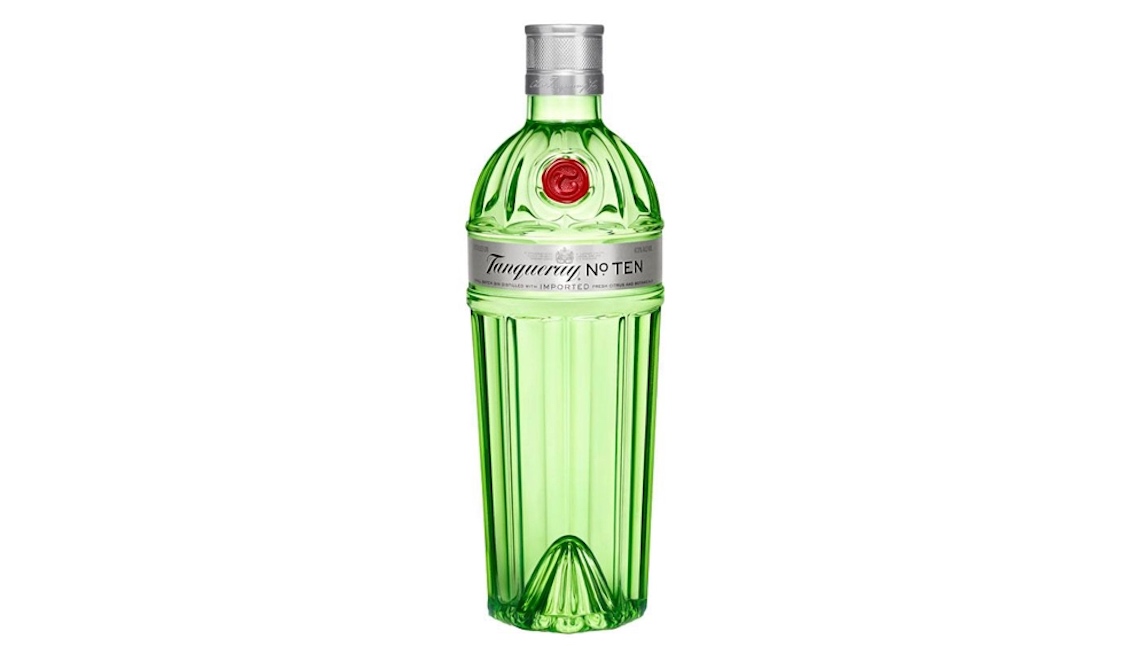
The Professional Martini (3:1 Ratio)
Tied for first place, Tanqueray 10 brings remarkably bright citrus notes to its robust backbone of juniper and pepper. Aviation is a more spice-driven drink, with the sarsaparilla becoming almost anise-like and a lavender echo. Both are profound experiences at 3:1 and are as good an example as any of the magic of cocktails.
- 2.25 oz. Tanqueray 10 Gin or Aviation Gin
- 0.75 oz. Dolin Dry Vermouth
Add all ingredients to a mixing glass with ice, and stir briskly for 15 to 20 seconds. Strain into a pre-chilled cocktail glass and garnish with a lemon peel.
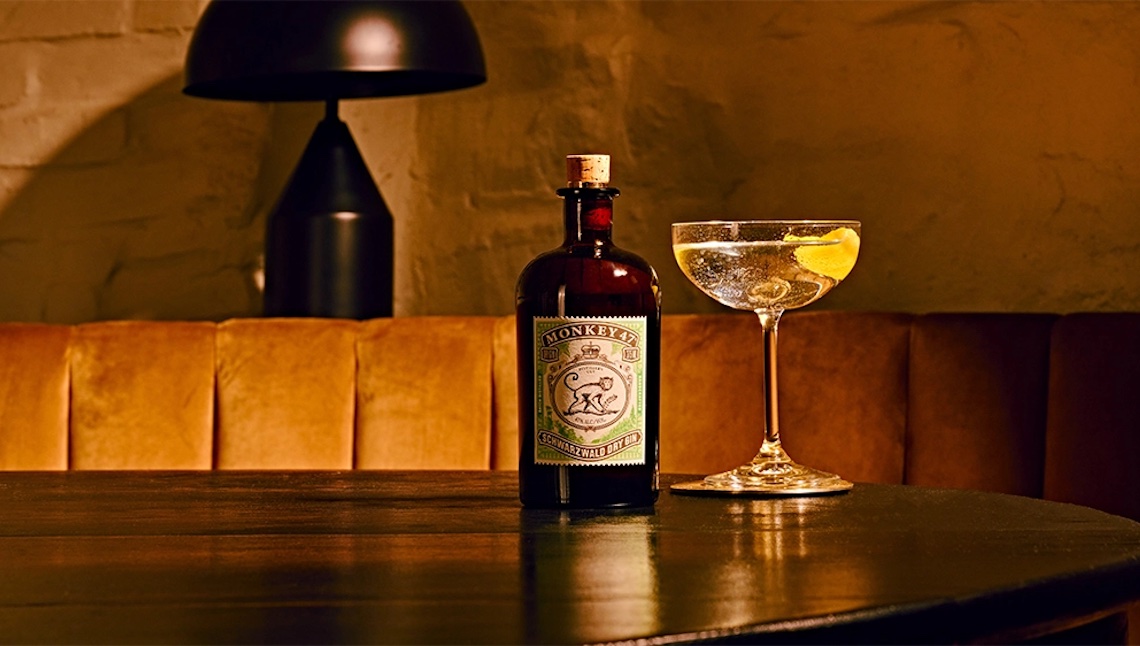
The Luxury Edition Martini (5:1 Ratio)
Monkey 47 Gin is expensive in the same way a Swiss watch is expensive: confusingly so from far away, but completely understandable once you discover what’s inside. Made with 47 botanicals and bottled at 47 per cent alcohol (94 proof), it’s delicate and fascinating, with chamomile, evergreen, citrus, tea-tree, cucumber, and on and on and on. It’s soft enough to stand with less vermouth and complex enough that you’d want it to.
- 2.5 oz. Monkey 47 Gin
- 0.5 oz. Dolin dry vermouth
Add all ingredients to a mixing glass with ice, and stir briskly for 15 to 20 seconds. Strain into a pre-chilled cocktail glass and garnish with a lemon peel.
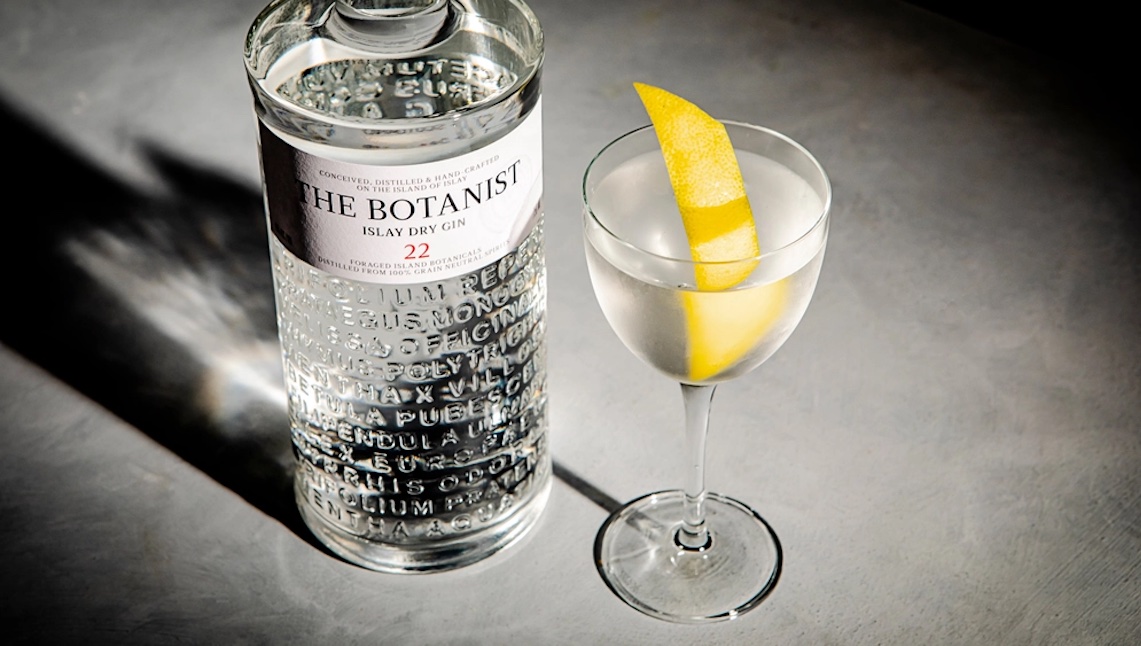
The Unusual Edition Martini (1:1 Ratio)
Further proof that a recipe without specifying brands isn’t terribly useful, the Botanist, from Scotland, finds its ideal Martini expression at a staggering one-to-one ratio with the vermouth. That would overwhelm most gins, but here it’s perfectly balanced with lovely plains flowers and a persistent soft juniper note. This is a wonderful and almost savoury experience.
- 1.5 oz. The Botanist Gin
- 1.5 oz. Dolin Dry Vermouth
Add all ingredients to a mixing glass with ice, and stir briskly for 15 to 20 seconds. Strain into a pre-chilled cocktail glass and garnish with a lemon peel.
This story was first published on Robb Report USA

